The inaugural Great Southern Foil Fest, Denmark in Western Australia- Lights up with stoke and swell.
The Western Australia surf-foil scene is in it's boom, and here's a little write up from the latest comp: Great Southern Foil Fest.
READ MORE
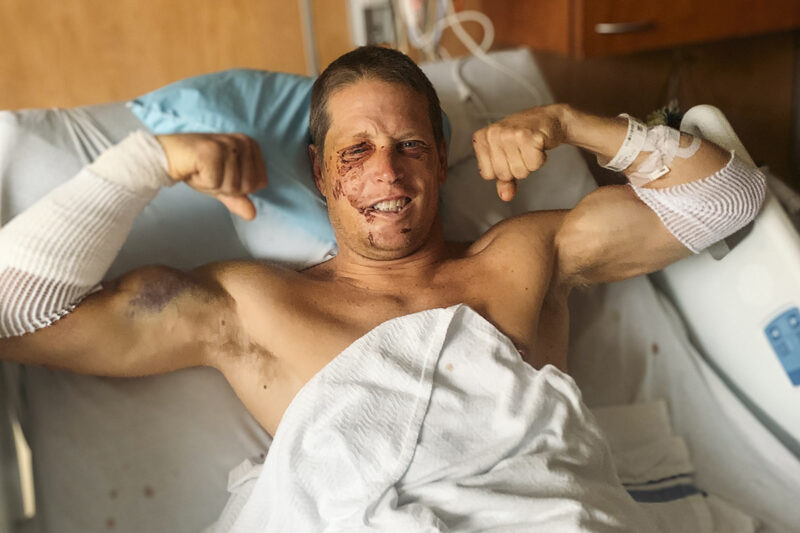
Last November, multi-sport athlete (and good friend of Foiling Magazine) Brandon Scheid was involved in a very serious paragliding accident. Much of the foiling world held its breath as news filtered out across social networks – Brandon was alive but had suffered severe injuries. Since waking up in the hospital, one of Brandon’s key goals has been to get back on the water, and back on the foil, a goal he recently achieved against some pretty high odds. Here, Brandon tells the story of how that journey played out…
Words: Brandon Scheid
Photos: Stu Gibson
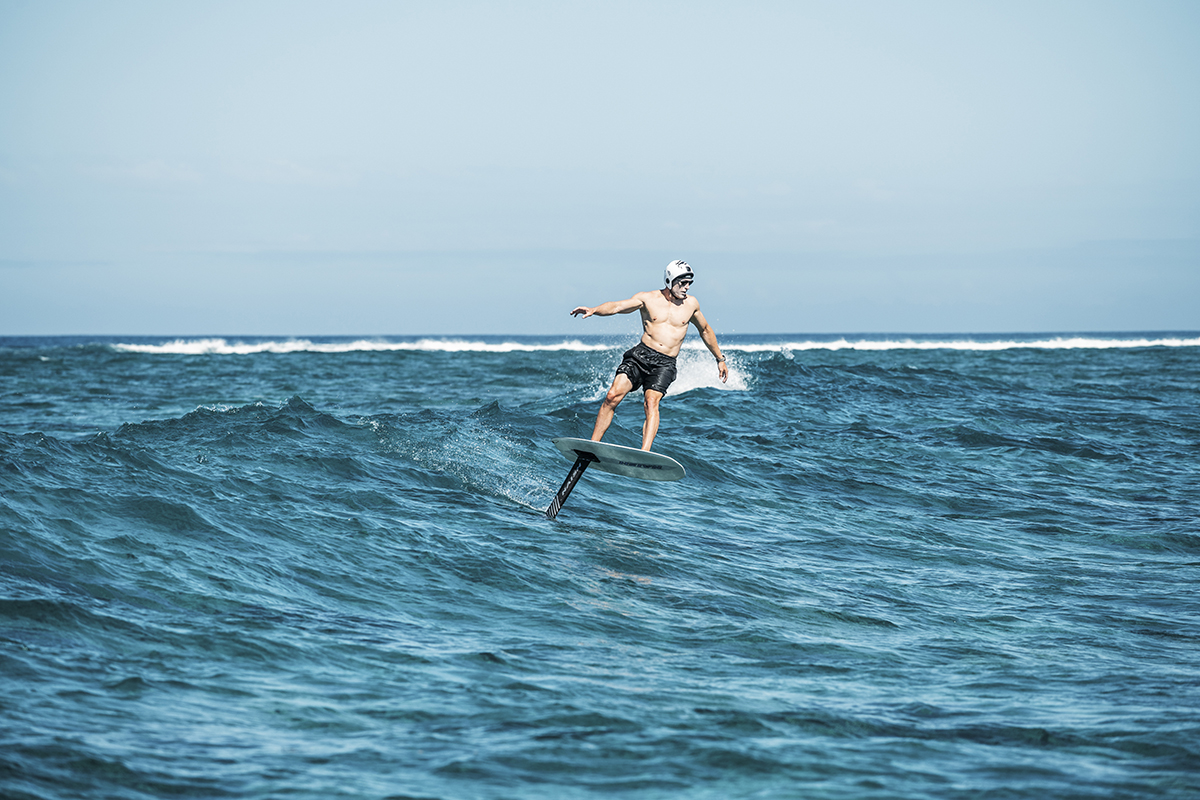
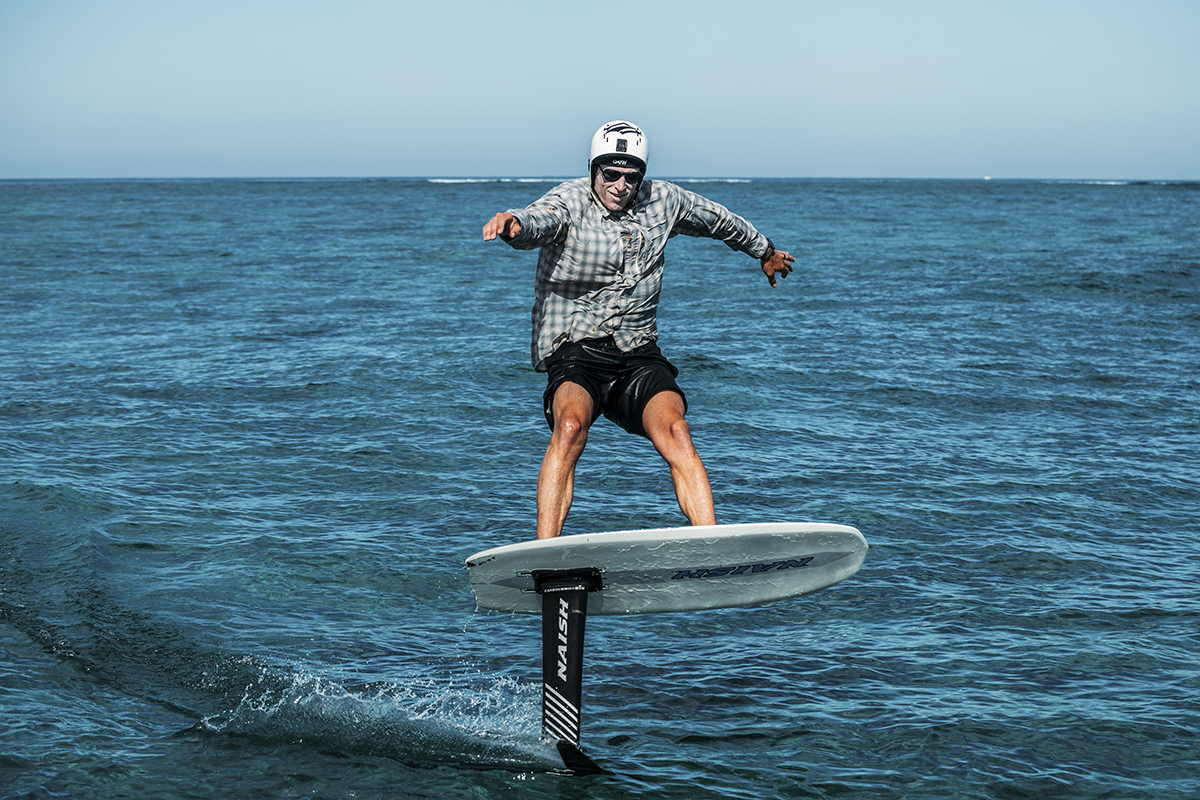
When I woke up from a coma after my horrific para-gliding accident, the doctors delivered a devastating prognosis. They told me I'd be lucky if I was able to swim again this year, let alone return to the high-oc-tane world of water sports. I had suffered a severe traumatic brain injury that had left me with debilitating deficits – my coordination, balance, and visual-spatial awareness were all severely compromised. Even stand-ing on an unstable surface would send me tumbling to the ground.
The brain injury had also triggered mania and psycho-sis, leaving me in a state of confusion and delusion. But despite the doctors' dire warnings, I was possessed with the idea that I would regain everything I had lost. Fueled by an unwavering belief in my ability to mani-fest my own reality, I embarked on a grueling journey of recovery, determined to defy the odds and reclaim my passion for foiling.
The road to redemption was paved with immense challenges. Relearning basic motor skills like walking was an arduous process, as I had to retrain my brain to process visual information and translate that into the precise body movements needed for even the most fundamental tasks. And the complex coordination required for foiling felt completely out of reach, even though I had mastered it before.
But I refused to let my brain injury define me or my future. I pushed through the frustration and setbacks, breaking down the learning process into small, achiev-able goals. Each successful ride, each turn, each mo-ment of stability on the foil, was a testament to my own resilience and determination. The hydrofoil be-came a symbol of my ability to overcome, a tangible goal that gave me a sense of control and purpose dur-ing my recovery.
Foiling also played a crucial role in my physical and mental healing. The exposure to the dizziness, the overstimulation, and the constant need to reestablish my balance was exactly what I needed to retrain my brain and body. And being out on the water, feeling the wind and waves, provided a sense of peace and inspiration that was transformative for my wellbeing. Today, I may not be the professional hydrofoiler I once was, but I've found a new appreciation for the sport. I'm not out of the woods yet, still struggling with the lasting effects of my brain injury, but I'm able to partic-ipate, and that's all that matters. The long, dark tunnel of progression in hydrofoil sports may be daunting, but if you just keep moving forward, that light at the end will get brighter and brighter.
My story is a testament to the power of the human spirit, a reminder that with unwavering determination and a belief in oneself, the impossible can become possible. Don't give up. If I can relearn to walk, then swim, and then relearn to hydrofoil after such a devas-tating brain injury, you too can master this sport. Just keep your chin up, keep fighting the good fight, and soon you'll be loyal to the foil, just like everyone else.
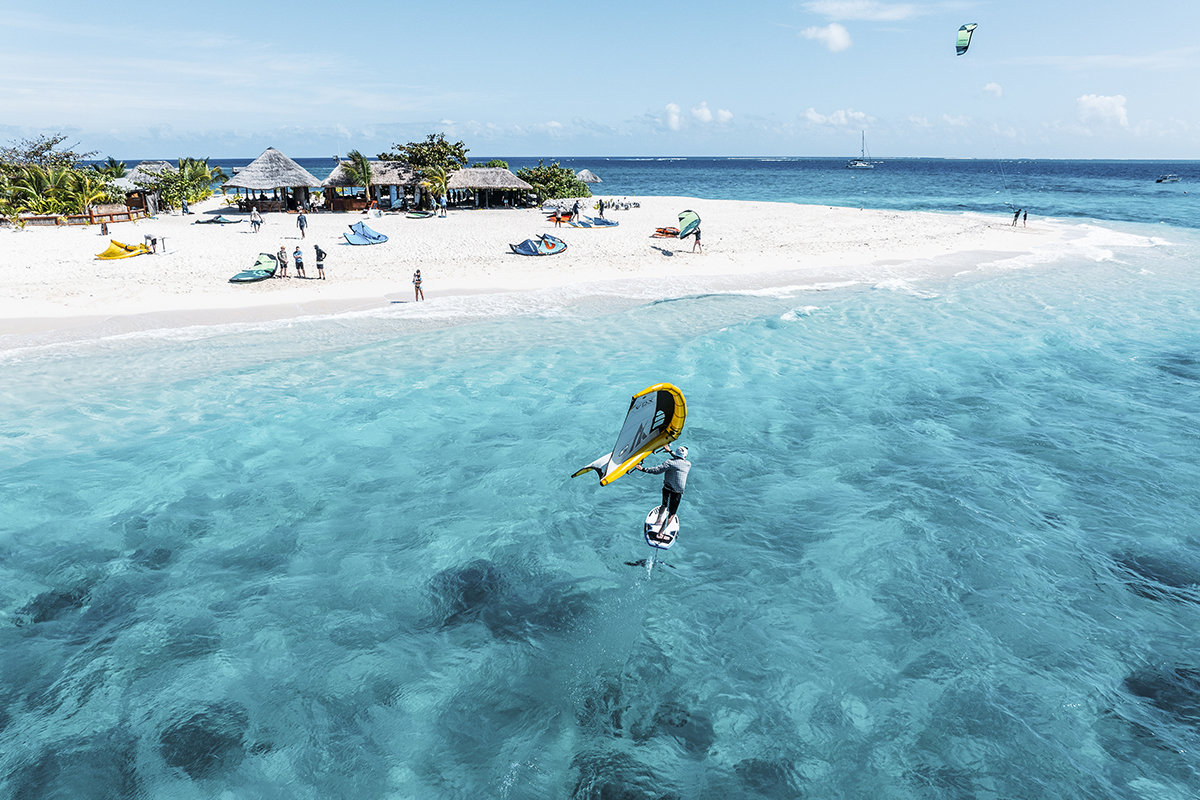
My brain injury from the paragliding accident was in-credibly severe and debilitating. I suffered significant trauma to my brainstem, which affected my coordina-tion, proprioception, visual-spatial awareness, balance, and dizziness. When I first started physical therapy, I couldn't even stand on an unstable surface without im-mediately falling over.
The brain injury also caused mania, psychosis, and a complete disruption of my normal cognitive functions. I was convinced I would get back on the water and hydrofoil again, despite the doctors telling me I'd be lucky to even walk on a beach for the coming year. This unwavering belief in my ability to manifest my own re-ality was essential in driving my recovery.
Relearning basic motor skills like walking was an im-mense challenge, let alone the complex coordination required for foiling. I had to retrain my brain to process visual information and translate that into the precise body movements needed to control the foil. It was a slow, frustrating process, but I refused to give up.
The brain injury also had lasting effects on my mental health, and I continue to struggle with depression and other adverse effects. But foiling has been a crucial part of my healing process, providing me with a sense of purpose, control, and joy that has been invaluable.
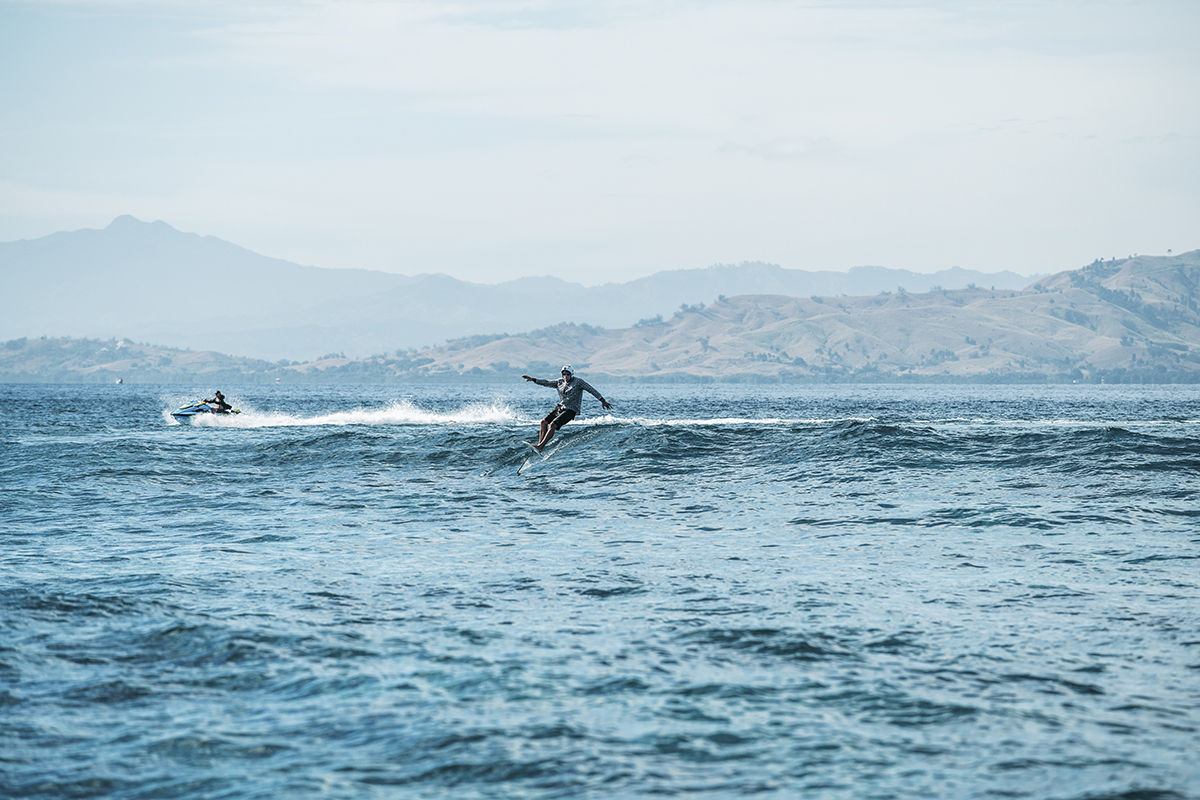
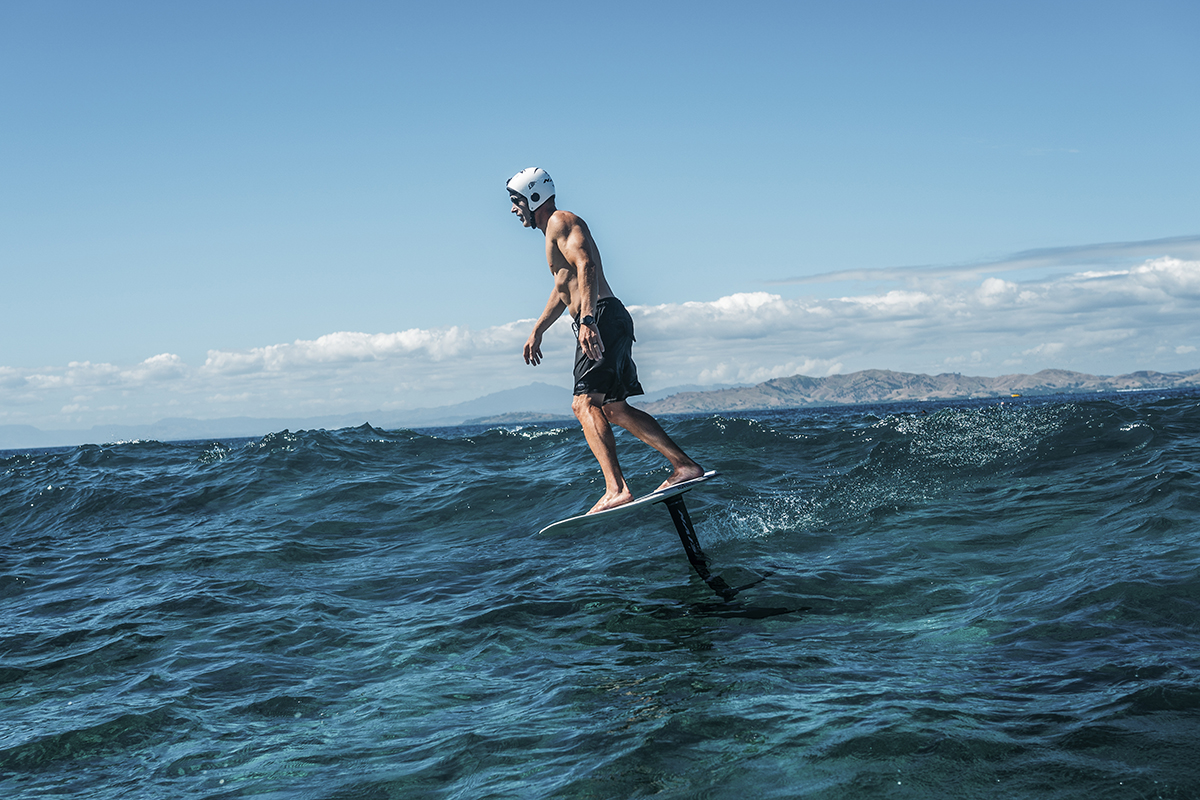
The Western Australia surf-foil scene is in it's boom, and here's a little write up from the latest comp: Great Southern Foil Fest.
READ MOREOffering his industry-level-insight into where the sport of foiling is likely to find itself in the coming years is Eleveight Co-founder and Sales Manager, Phil Martin…
READ MOREAs a kitefoil transplant who’s steadily working his way up the wingfoiling competitive ladder, Lucas Matthes is representative of several European young guns who are looking to move out of the national pro scene and into the international realms. Photos: Andreas Diekötter RIDER STATS Age: 20 Height: 179cm Weight: 73kg Sponsors: CORE Wingfoil, Soöruz Competitive
READ MORE